5 Steps to Create Digital Marketing Funnel Strategy
Did you know that only 8% of users who visit a website for the first time are there to buy? In this digital age of short attention spans and fierce competition, guiding potential customers from discovery to purchase has become more difficult and important than ever. At this point, a carefully crafted digital funnel strategy can be the most powerful tool for companies.
You can listen to Zeo Talks Podcast, where Zeo Digital Performance Marketing experts Sevda and Serap explain how businesses can capture and maintain the attention of their target audiences with digital funnel strategies.
Understanding the Digital Funnel:
Digital Funnel is a strategic framework that guides potential customers through their journey from awareness to conversion. It usually consists of three main stages: Awareness, Consideration, and Conversion. Each stage has its own goals and strategies.
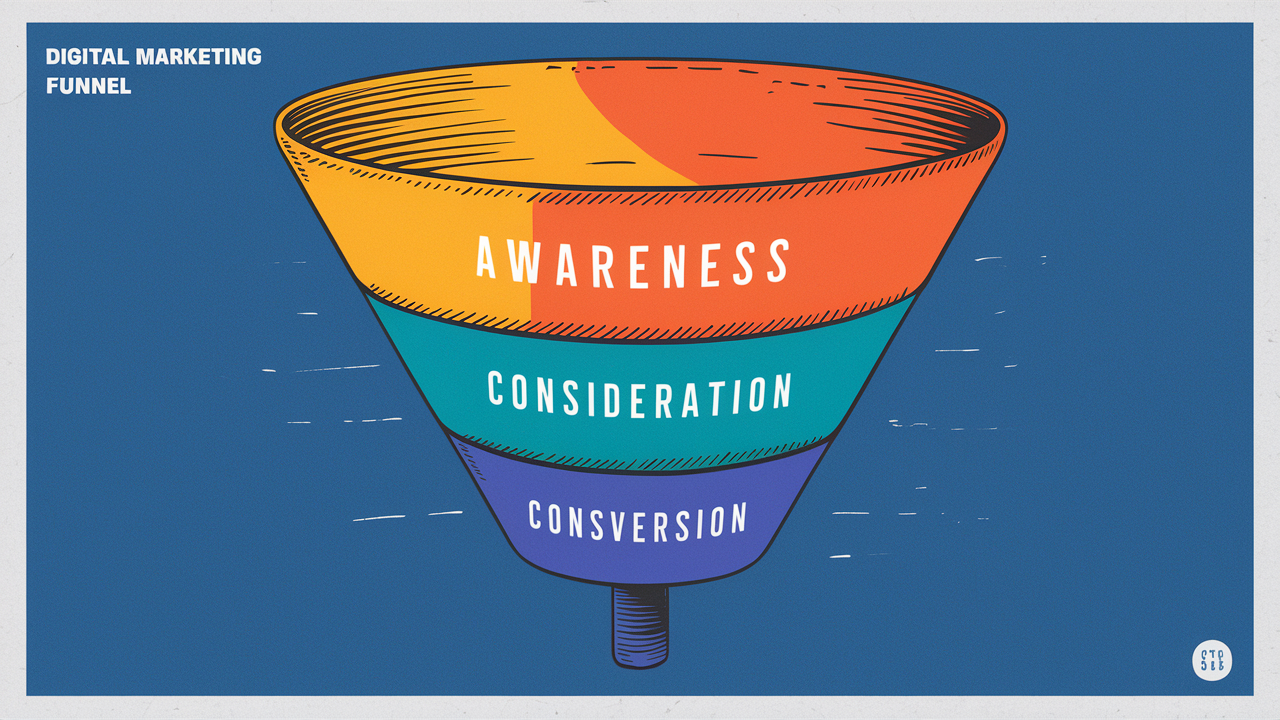
Awareness
Brand awareness is the first and perhaps the most critical stage of the digital funnel. At this stage, when potential customers meet your brand for the first time, you need to implement various strategies that will create an impact in your target market to reach a wide audience and leave a lasting impression.
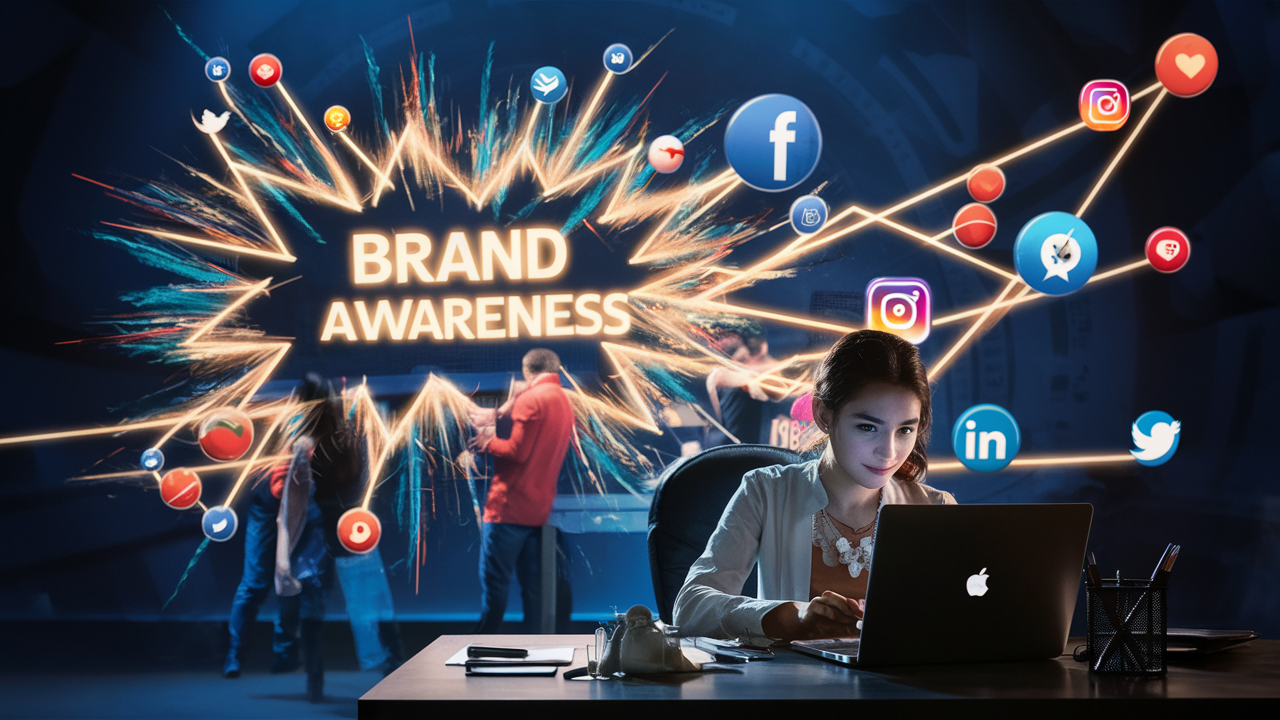
Maximising Brand Awareness
- Content Marketing: You should produce high-quality, informative content that addresses your target audience's interests and challenges. For example, a skincare brand might publish blog posts about the "Top 10 Ingredients for Sensitive Skin" to attract those looking for skincare advice.
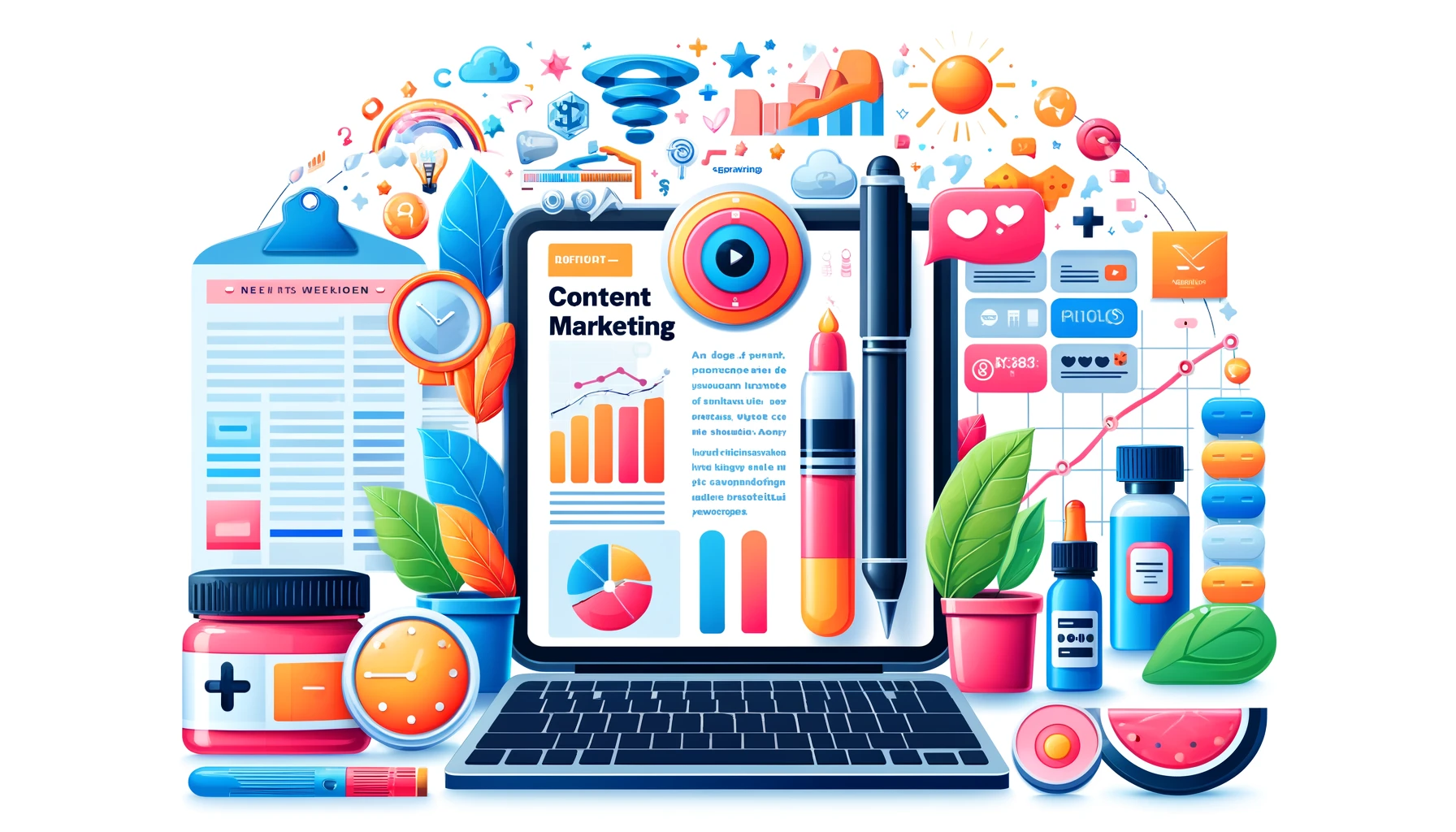
- Influencer Partnerships: Collaborate with influencers who align with your brand's values and have a significant following among your target demographic. An outdoor apparel brand can collaborate with a well-known nature photographer on Instagram to show their products in use.
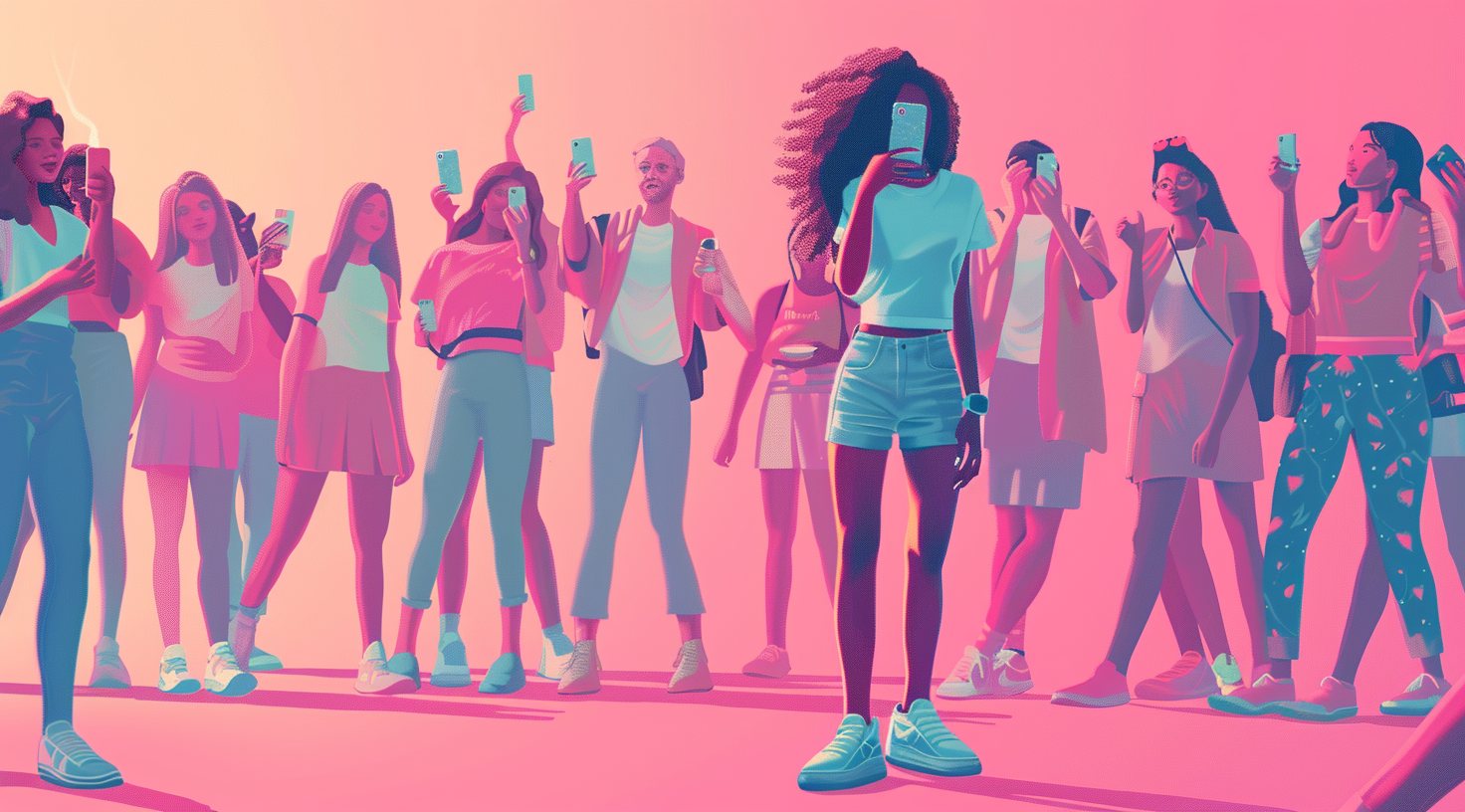
- SEO: Optimise your website and content for search engines to increase organic visibility. A local bakery can use keywords like "the best chocolate liqueur in Lisbon" to attract local search traffic.
- Google Display Network (GDN) Campaigns: Using GDN, you can place visually engaging adverts on websites that your target audience frequents. A pet food brand can target pet care blogs and forums to reach pet owners.
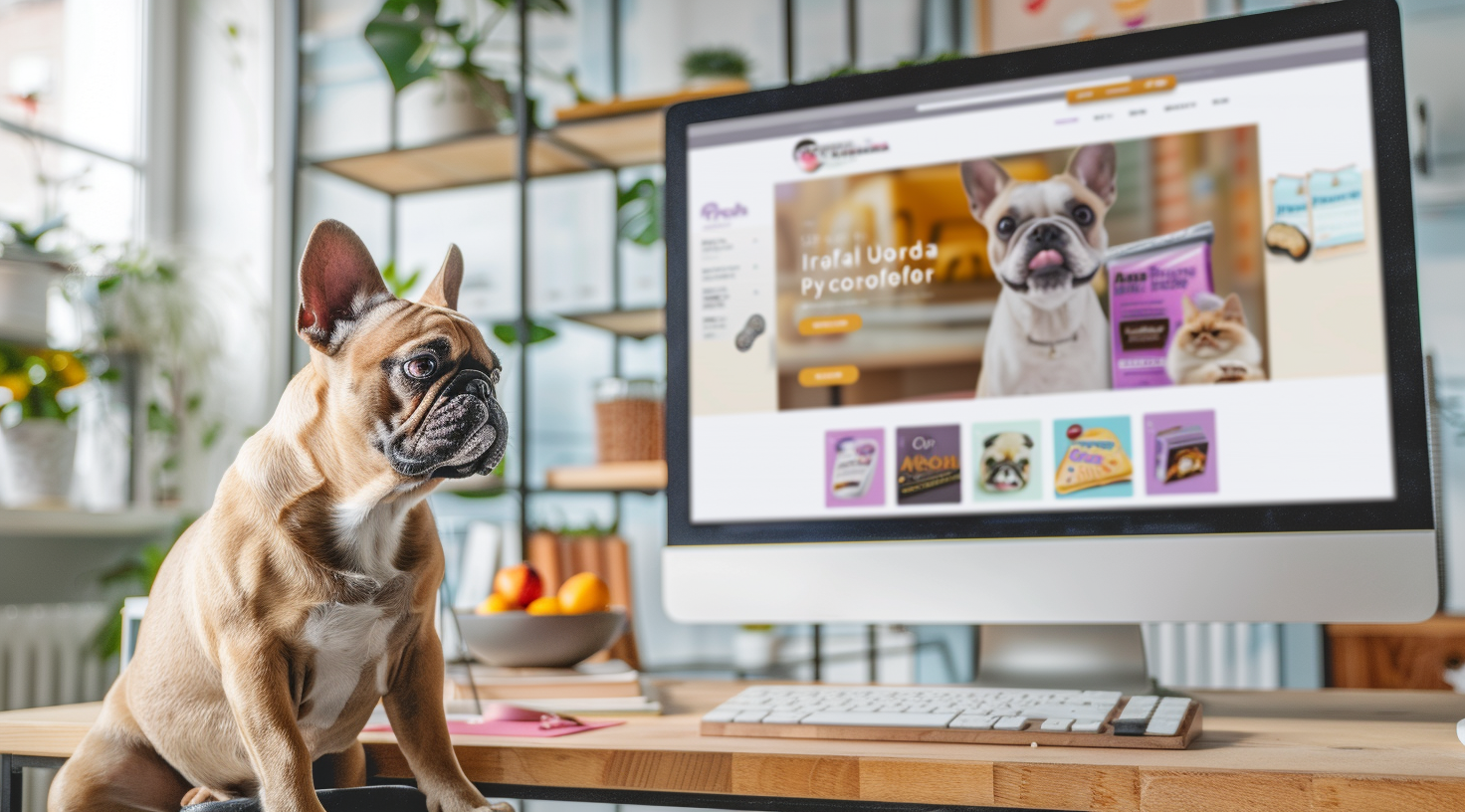
- YouTube Campaigns: You can create compelling videos that tell your brand's story or demonstrate the function of your product. A tech gadget company can produce a series of "How To" videos that showcase the versatility of their gadgets. When uploading these videos, it is necessary to pay attention to YouTube SEO criteria.

- Social Media Campaigns: Try to interact with your potential audience on platforms such as Facebook, Instagram, Twitter, and LinkedIn. However, make sure that the platform you choose is suitable for your potential audience. Share value-added content such as tips, industry insights, or behind-the-scenes looks. A fashion brand can use Instagram to showcase its latest collections and style tips.
Consideration
Markanız dikkatleri çekmeyi başardığında, değerlendirme aşaması potansiyel müşterilerin ürününüzün veya hizmetinizin, ihtiyaçlarını karşılayıp karşılamadığını düşündüğü zamandır. Bu süre, potansiyel müşterilerinize değerli bilgiler sağlayarak ve onların sahip olabileceği herhangi bir soru veya endişeyi eli alıp ilişki kurma fırsatı olabilir.
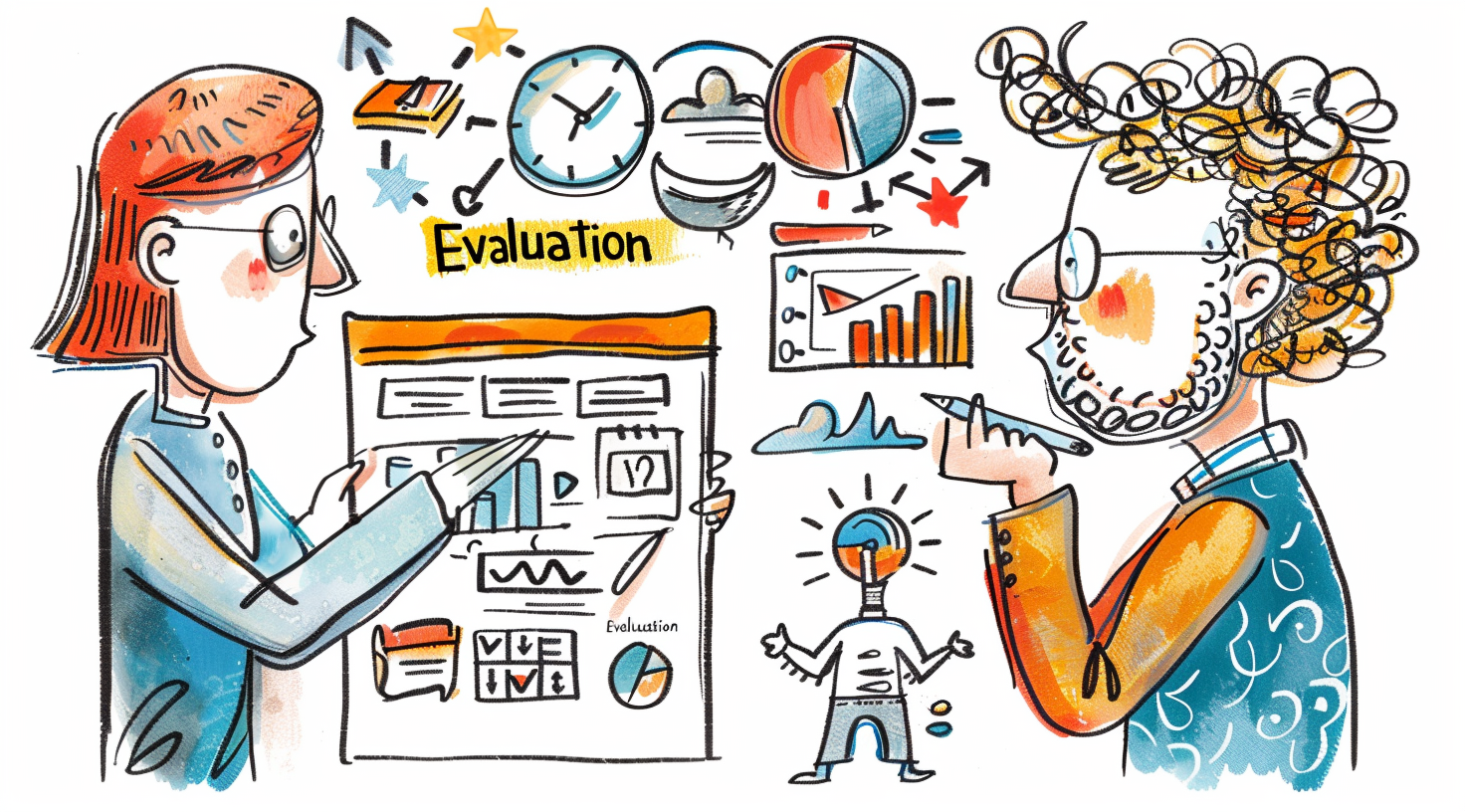
Strategies for Deepening Customer Loyalty
Educational Online Seminars and Live Q&A Broadcasts: Host online seminars or live broadcasts where experts from your company can educate your audience and answer their questions directly. A financial services firm can organize a webinar on "Getting Started in Investing" to impress potential customers.
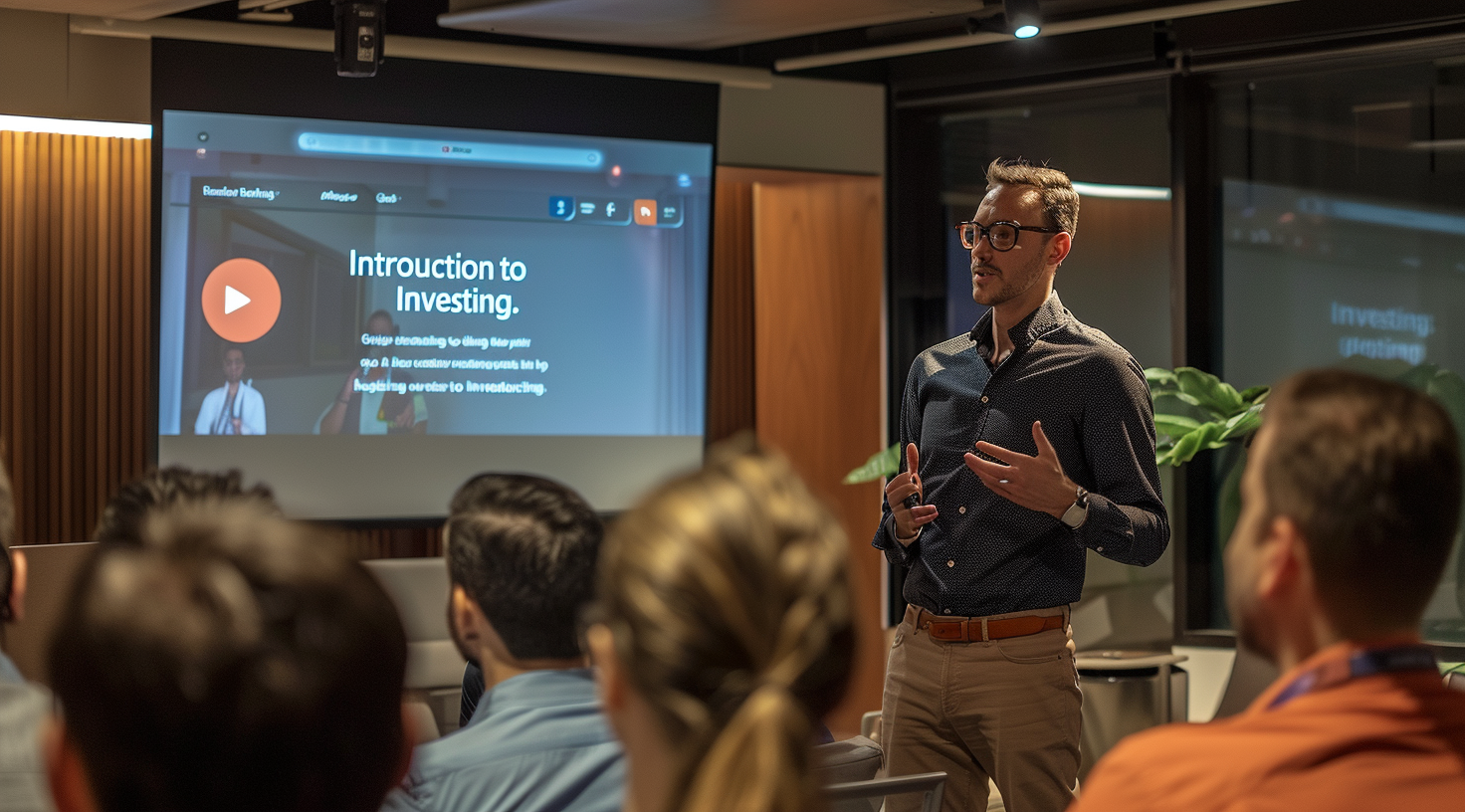
Customer Testimonials and Case Studies: Share stories of satisfied customers or successful projects. For example, a software company could publish a case study detailing how its services helped increase the productivity of a business by 30%.
Interactive Tools: Give users tools like quizzes or calculators to help them understand how your product or service can benefit them. A fitness brand could create a "Calorie Burn Calculator" to engage users interested in losing weight.
Conversion
The conversion phase is the phase in which the potential customer is encouraged to take the desired action (purchase / sign-up etc.). This could be making a purchase, signing up for a newsletter, or arranging a consulting appointment. The key here is to make the process as smooth and attractive as possible.
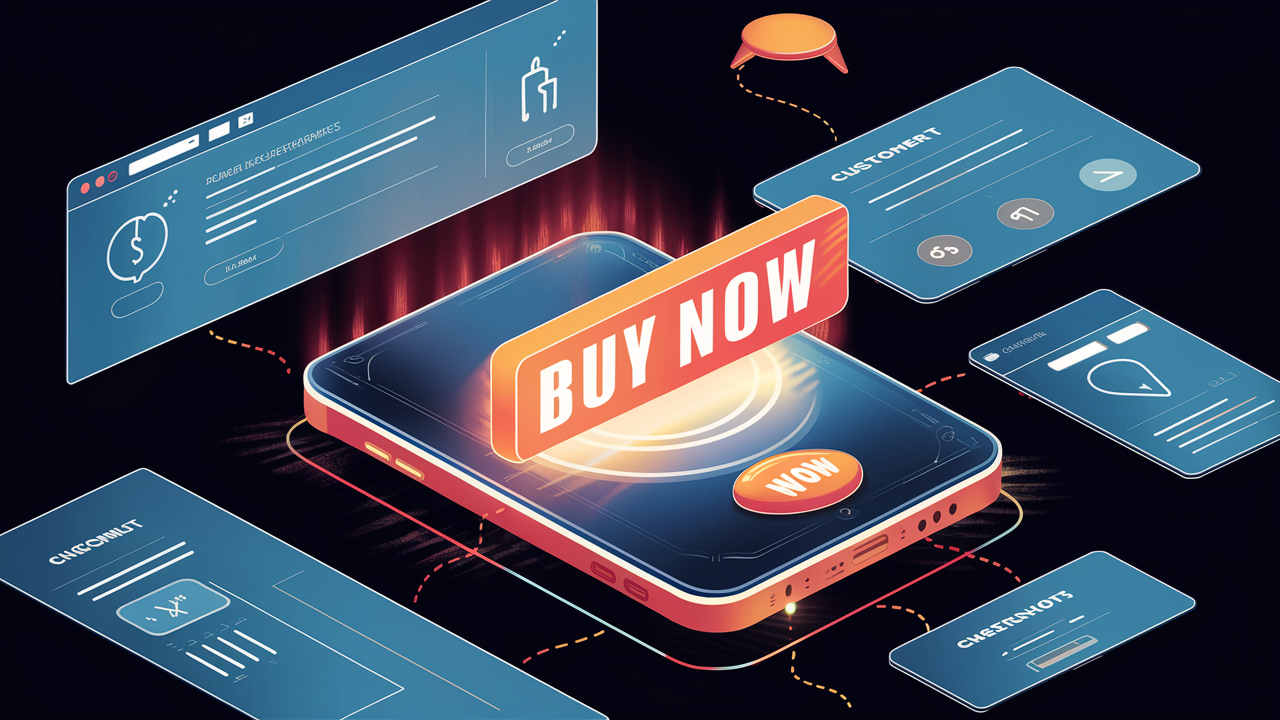
Conversion Boosting Techniques
Limited Time Offers and Discounts: Create a sense of urgency with time-limited promotions. If you are a clothing retailer, you can organize a "48-Hour Flash Sale" to encourage immediate purchases.
Personalized Email Campaigns: Send targeted emails based on user behavior or preferences. A travel agency can offer personalized travel deals to users who have recently searched for flights on their website. You can read 7 techniques to increase your email open rates here.
Smooth Checkout Process: You can simplify the purchase process to remove conversion barriers. An online electronics store can offer a one-click checkout option for returning customers.
Remarketing Campaigns: This strategy may be the most important. Use remarketing to stay on top of visitors who have interacted with your brand but have not converted. A travel agency can use remarketing adverts to remind users of the destinations they have viewed on the website.

Conversion-Focused Landing Pages: Make sure your landing pages are optimized to be clear, compelling, and easy to navigate. An online course provider can use landing pages to highlight course benefits, instructor qualifications, and student testimonials.
A/B Testing: Constantly test different marketing elements to find the most effective ones. An e-commerce store can test different images or descriptions to see which product images or descriptions lead to more sales.
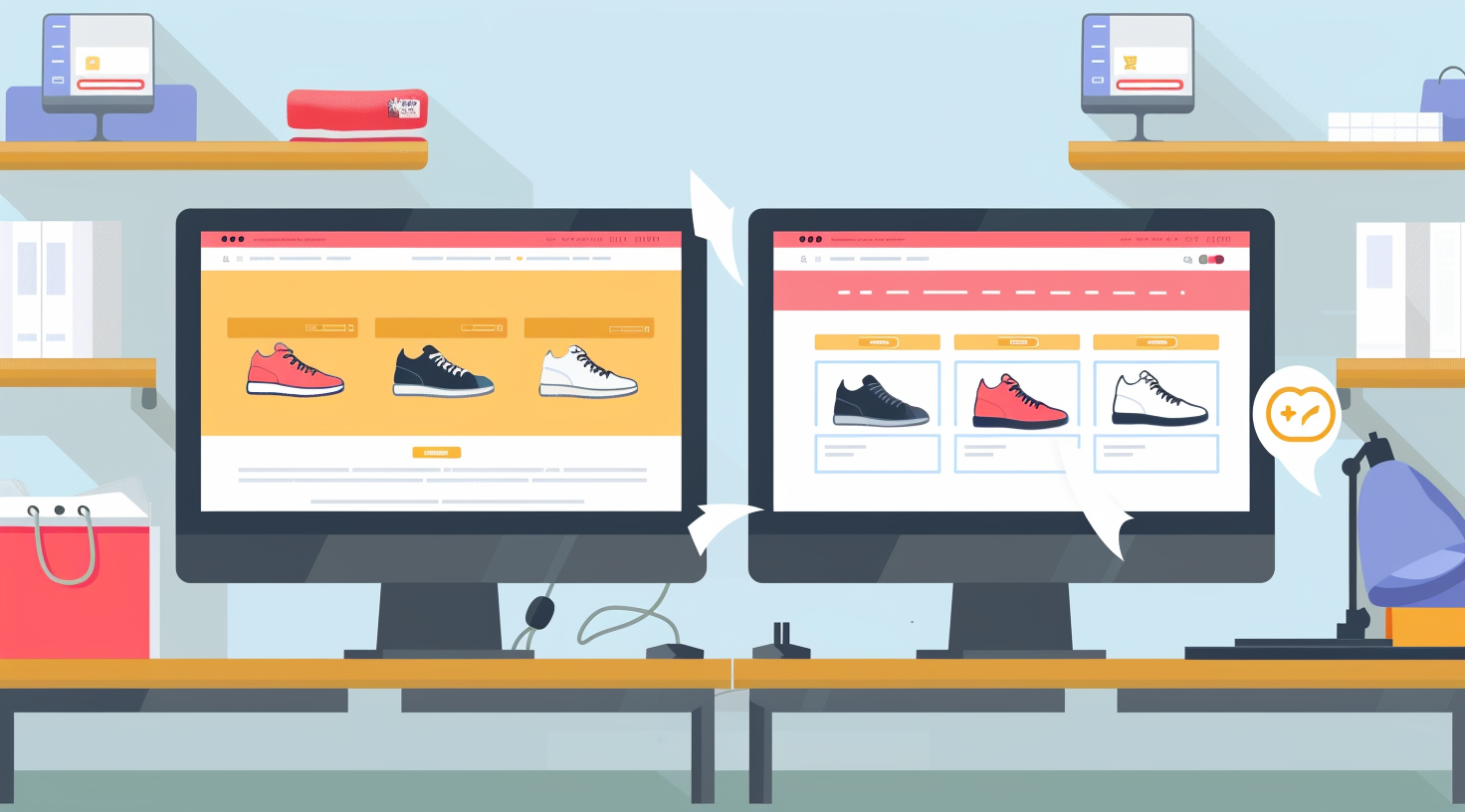
Building Your Digital Funnel Strategy Step-by-Step
Creating a digital funnel strategy that resonates with your audience and drives conversions is no small feat. It requires a deep understanding of your target audience, clearly articulating what makes you different, and strategically guiding prospects along their journey. Here's how to build your digital funnel strategy step by step with actionable examples.
1. Delve Deeper into the World of Your Target Audience
Analyze Your Target Audience: Start by collecting as much data as possible about your ideal customers. Use tools like Google Analytics, social media insights, and customer surveys to understand their behaviors, preferences, and challenges. For example, an organic skincare brand may discover that its target audience is very active on sustainability and health forums and values transparency about ingredients.
Example: Create detailed buyer personas that represent your ideal customers. Personas with demographic details, interests, and behavioral patterns will provide a basis for personalizing your marketing efforts.
2. Determine Your Difference
Identify Your Unique Selling Proposition (USP): Clearly articulate what makes your product or service unique. Is it quality, price, customer service, or perhaps a combination of these factors? For example, a SaaS company might offer a unique feature that automates a time-consuming process for businesses.
Example: Highlight your USP in all your marketing materials, from your website texts to social media posts. This should address a key need or pain point of your target audience.
3. Customise Strategies for Each Funnel Stage
Optimize for Each Stage of the Funnel: Develop targeted strategies for the awareness, evaluation, and decision stages of the buyer's journey. For the awareness stage, a content marketing strategy that focuses on SEO and educational blog posts can attract visitors. In the evaluation phase, detailed case studies or free trials can attract potential customers. Finally, in the decision phase, targeted email campaigns with special offers can lead potential customers to conversion.
Example: Map the customer journey for your product or service. Identify the main touchpoints and opportunities to engage with your target audience at each stage.
4. Adopt Multi-Channel Marketing
Use Multiple Channels: Use a range of channels to reach your target audience where they are most active. This can include Google Ads to reach people looking for solutions, social media to build brand awareness and engagement, and email marketing to nurture leads.
Example: Test different channels and measure their effectiveness. For example, a B2B company may find lead generation for LinkedIn adverts to be more effective than Instagram.
5. Never Stop Optimising
Continuously Monitor and Optimise: Use analytics tools to monitor the performance of your campaigns and identify areas for improvement. Regularly review metrics such as conversion rates, click-through rates, and engagement levels.
Example: Run A/B tests on your landing pages, adverts, and emails to determine what resonates best with your target audience. For example, testing two different call-to-action (CTA) phrases can reveal which one leads to higher conversion rates.
Conclusion
Implementing a well-structured digital funnel strategy is vital for businesses that want to succeed in the digital space. By understanding your target audience, using multiple channels and continually optimizing your approach, you can effectively guide potential customers through their journey and achieve your marketing goals.
This content was created by Ahmet Can Kavak, Marketing Manager at Zeo.




